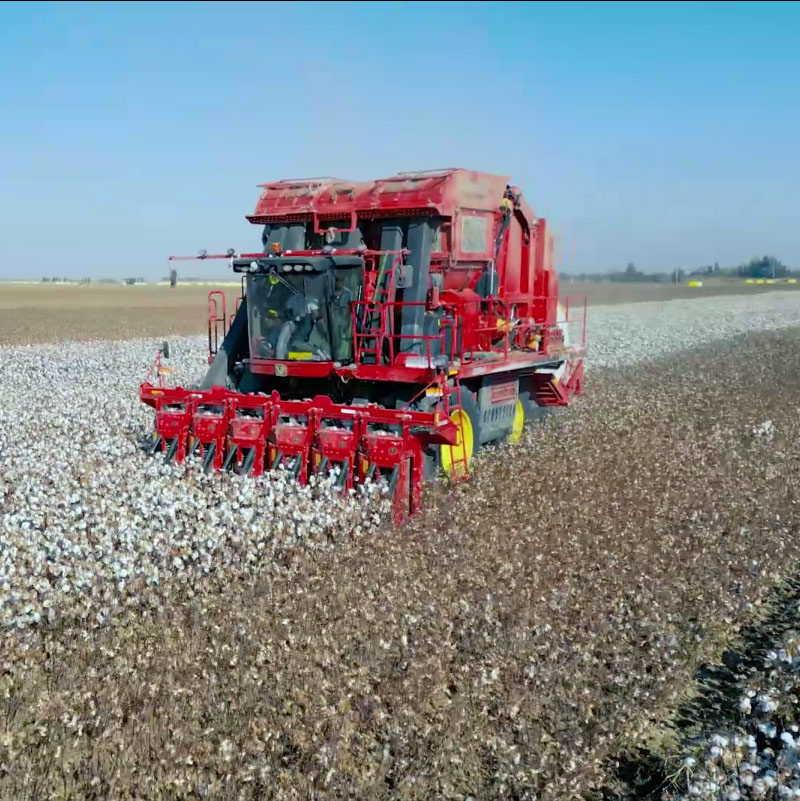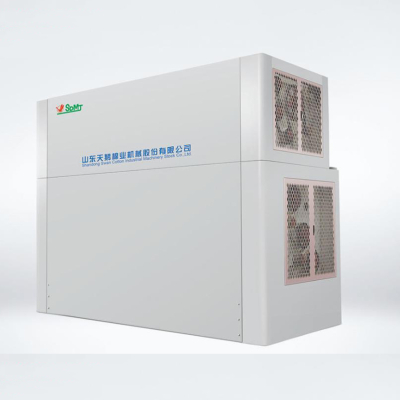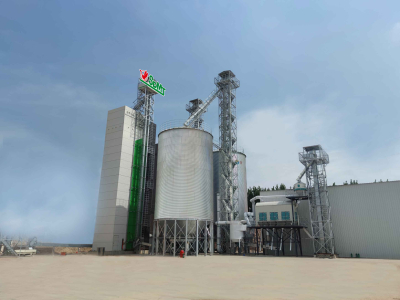Reveal the secret of doubling cotton yield under high temperature and dry conditions
Reveal the secret of doubling cotton yield under high temperature and dry conditions
In the context of global climate change, the high temperature and dry weather are becoming more frequent, especially the El Nino phenomenon in 2024, which is likely to cause the phased high temperature and dry phenomenon in Xinjiang cotton region, which will bring severe challenges to cotton production. In order to ensure the stability and improvement of cotton production, growers must take effective measures to cope with high temperature and dry conditions. Tianshan Plant Protection will discuss how to improve cotton yield under high temperature and dry conditions.
1. Choose varieties that are resistant to drought and heat
The adaptability of different varieties of cotton to climate is different. Under high temperature and dry conditions, the key to increase yield is to select the varieties of cotton that are resistant to drought and heat. These varieties of cotton are able to maintain a higher growth rate and reproductive efficiency in the absence of water, resulting in better yields in high-temperature environments.
2.Reasonable close planting
Reasonable close planting is one of the important measures to increase cotton yield. Under high temperature and dry conditions, increasing the planting density of cotton can make full use of soil nutrients and water, reduce the competition between plants, and increase the overall yield. For planting three row of cotton under a plastic film, it is recommended that the number of mu plants should reach 10,000 plants. However, it should be noted that the planting density should not be too high, otherwise it will lead to poor ventilation between the plants and increase the risk of diseases and pests.
3.Scientific fertilization
Scientific fertilization is an effective way to improve drought resistance of cotton. Under high temperature and dry conditions, nutrients and water in the soil are easy to be lost, so reasonable fertilization is crucial to supplement soil nutrients and promote the normal growth of cotton. It is recommended to use a combination of organic fertilizer and chemical fertilizer to meet the nutrient elements required for cotton growth, while improving the water retention capacity of the soil. In the case of worsening drought, it is suggested to apply humic acid water-soluble fertilizer and quick-acting potassium dihydrogen phosphate fertilizer together.
4.Water-saving irrigation
Under high temperature and dry conditions, water-saving irrigation is a necessary measure to increase cotton yield. The application of high frequency small water drip irrigation technology can effectively reduce water evaporation and waste, and improve the utilization rate of water resources. At the same time, reasonable irrigation according to the growth stage of cotton and the law of water demand can ensure the normal growth of cotton and increase the yield.
5.Strengthen the prevention and control of diseases and pests
High temperature and dry conditions easily lead to the occurrence and spread of diseases and pests. Therefore, strengthening disease and pest control is an important link to improve cotton yield. In general, natural disasters are often accompanied by large outbreaks of pests and diseases, growers should regularly check the growth of cotton, timely detection and control of the occurrence and spread of pests and diseases. At the same time, the combination of biological control and chemical control can effectively reduce the impact of pests and diseases on cotton yield.
6.Rational chemical adjustment and control
Rational chemical regulation and control is an important means to improve cotton yield and quality. By adjusting the growing environment of cotton, such as temperature, light, humidity, etc., the growth rate and development process of cotton can be controlled, and the development of cotton bolls and the improvement of fiber quality can be promoted. At the same time, the application of chemical control technology can also enhance the stress resistance of cotton by regulating its physiological metabolism, so as to increase the yield. Amine fresh vinegar, S-inductin, brassin internal vinegar, amino oligosaccharides, polysaccharides, immune proteins, biostimulants all have effects on drought resistance, and there are reasonable matching methygua, gibberellin, but also have stress resistance.
To sum up, in order to increase cotton yield under high temperature and dry conditions, growers should take a series of comprehensive measures. From the selection of drought and heat resistant varieties, reasonable dense planting, scientific fertilization, water-saving irrigation, strengthening disease and pest control, and rational chemical regulation and control, it is comprehensively considered and implemented. Only in this way can we effectively respond to the challenges brought by climate change and achieve sustainable development of cotton production.





